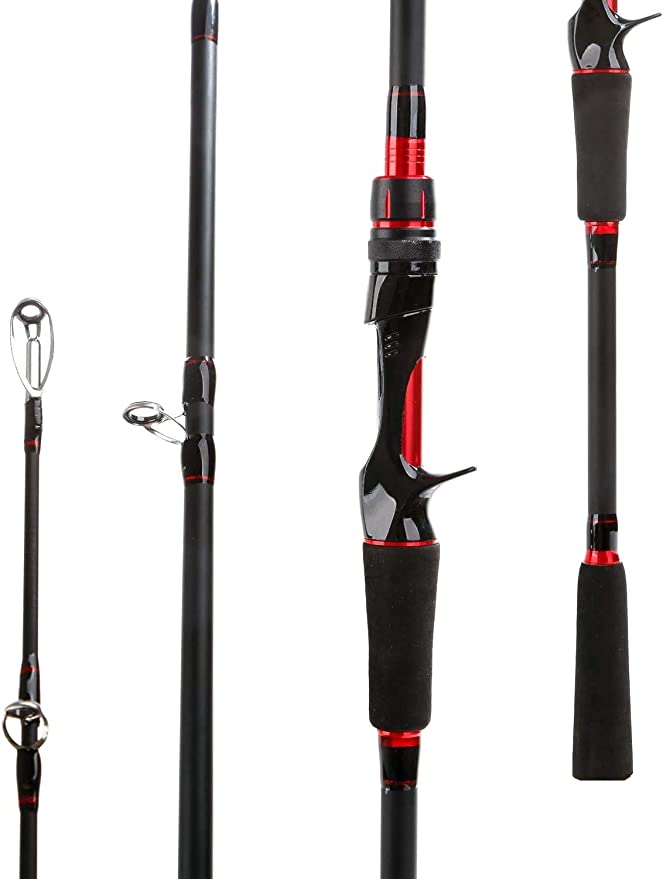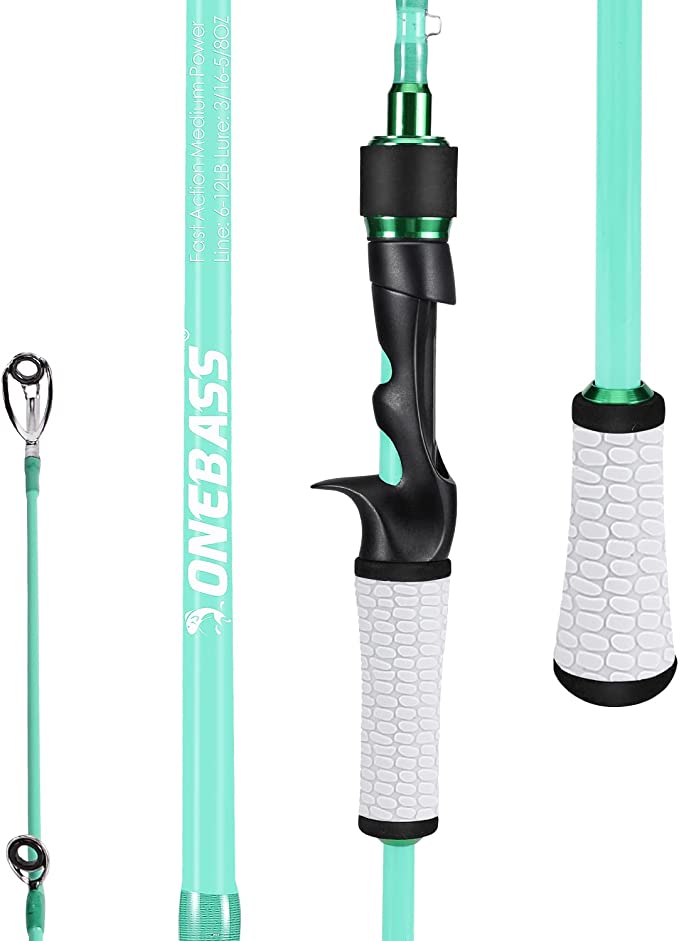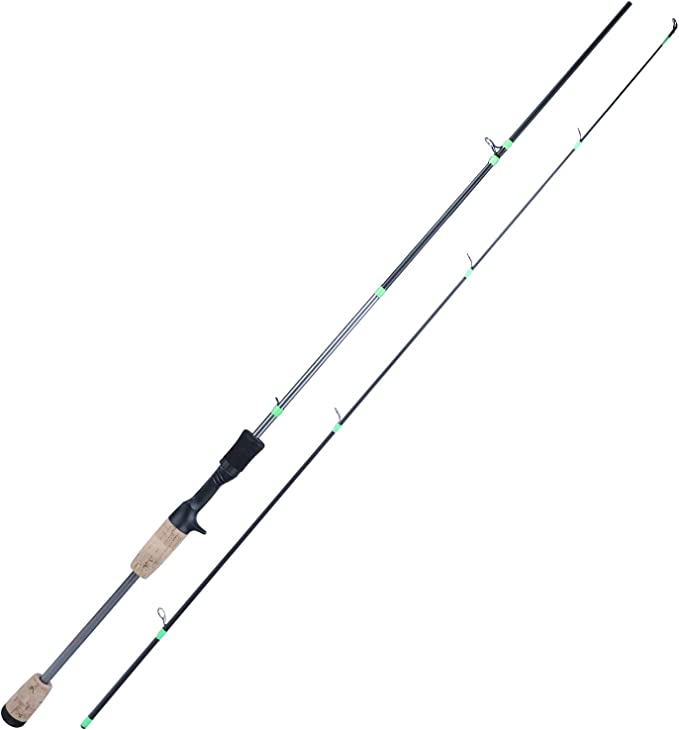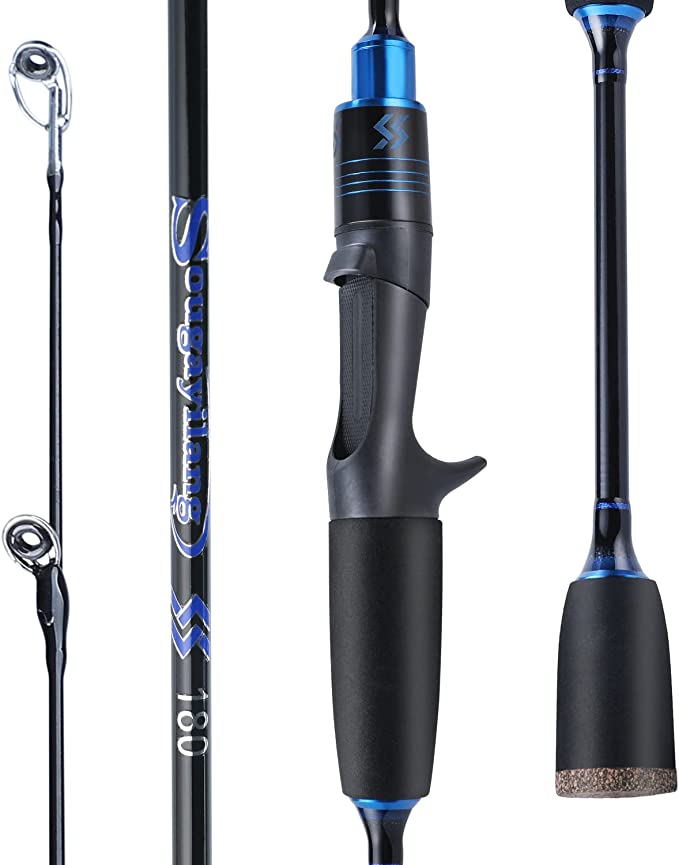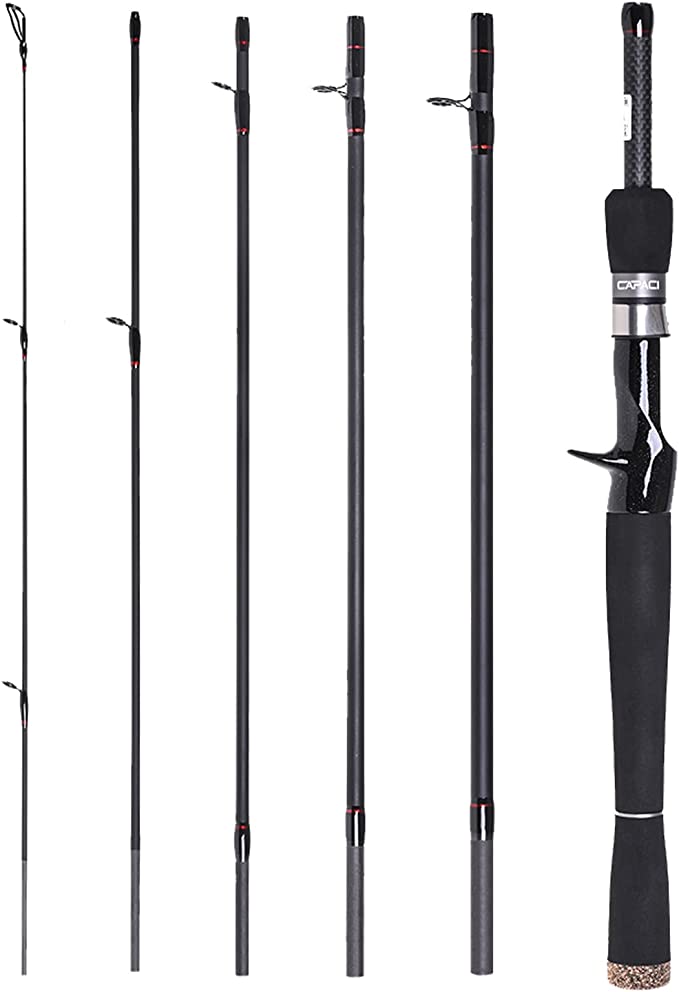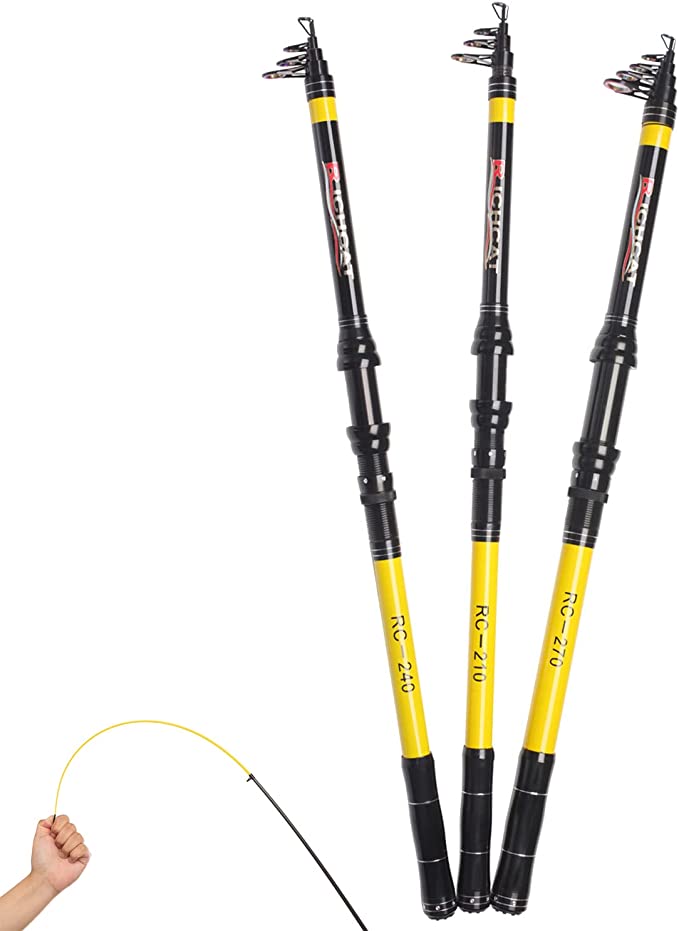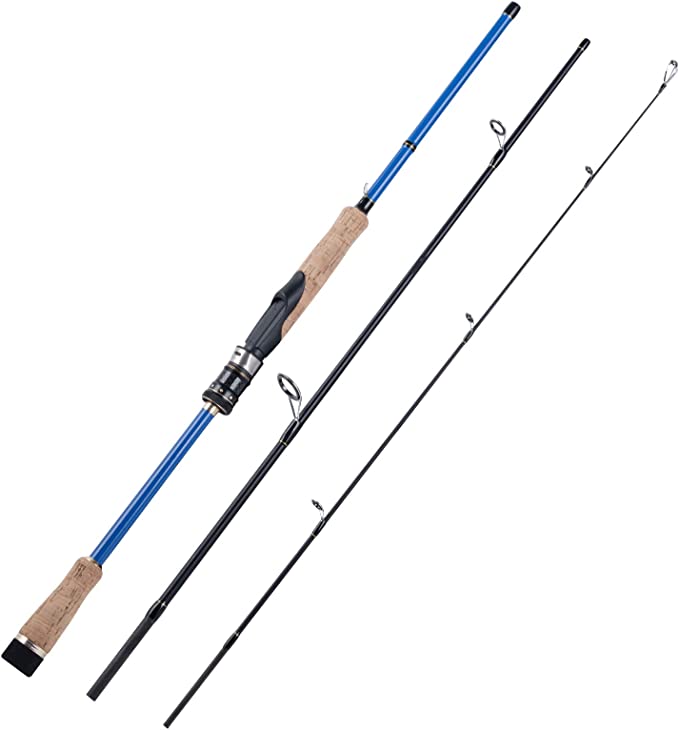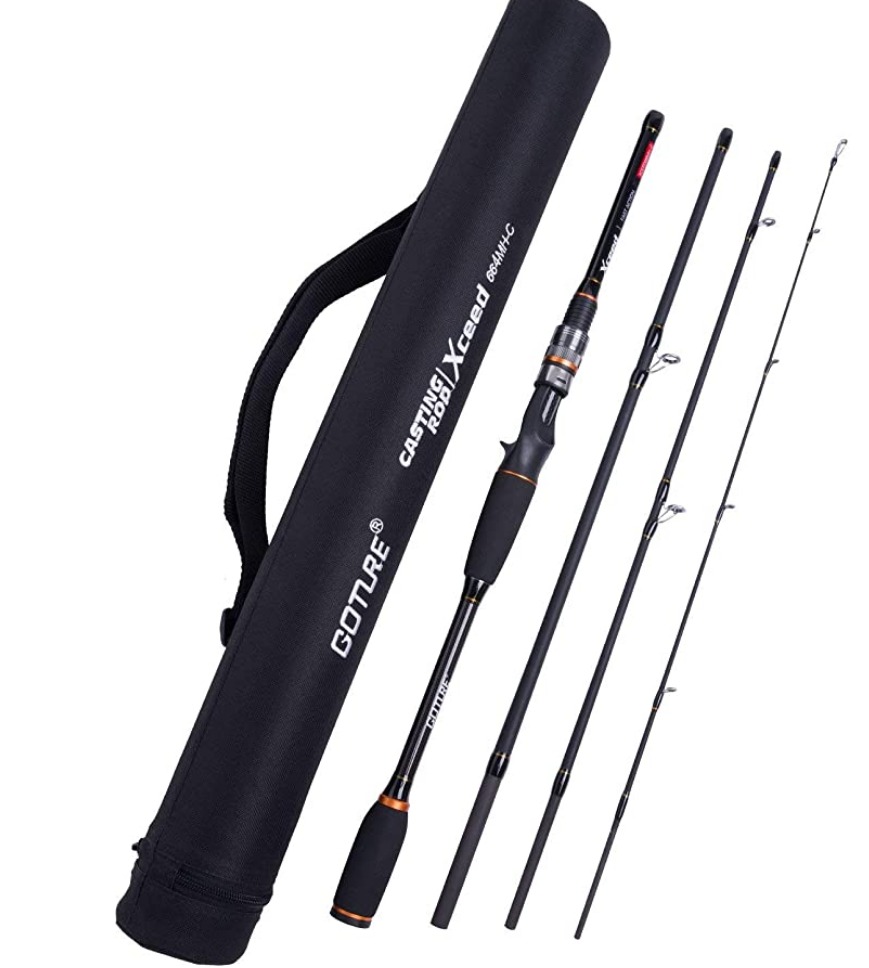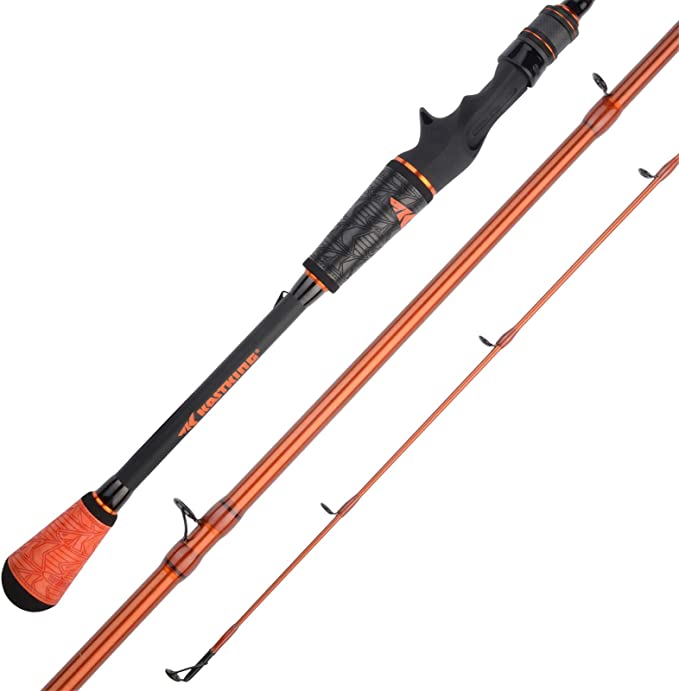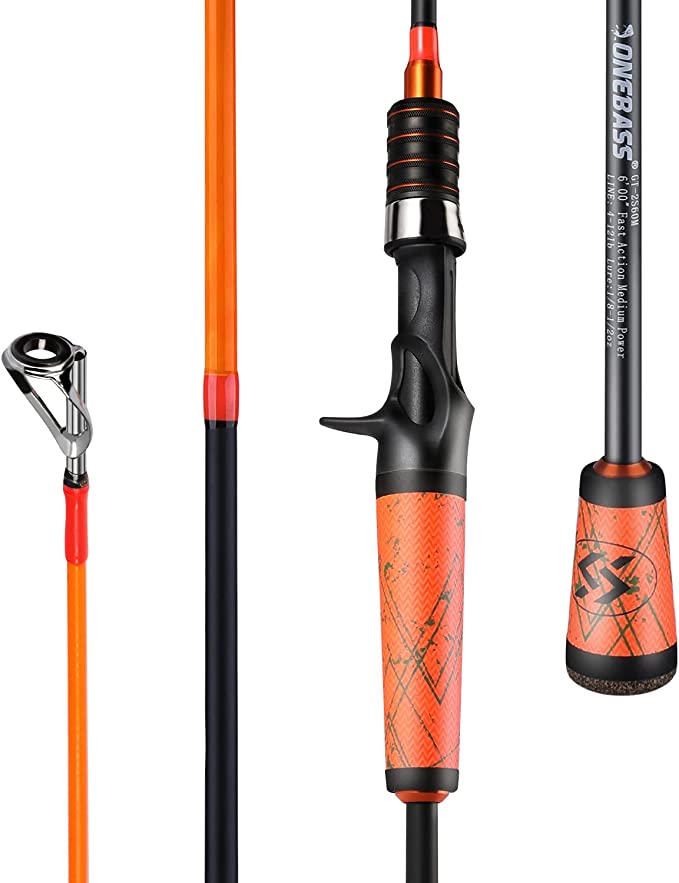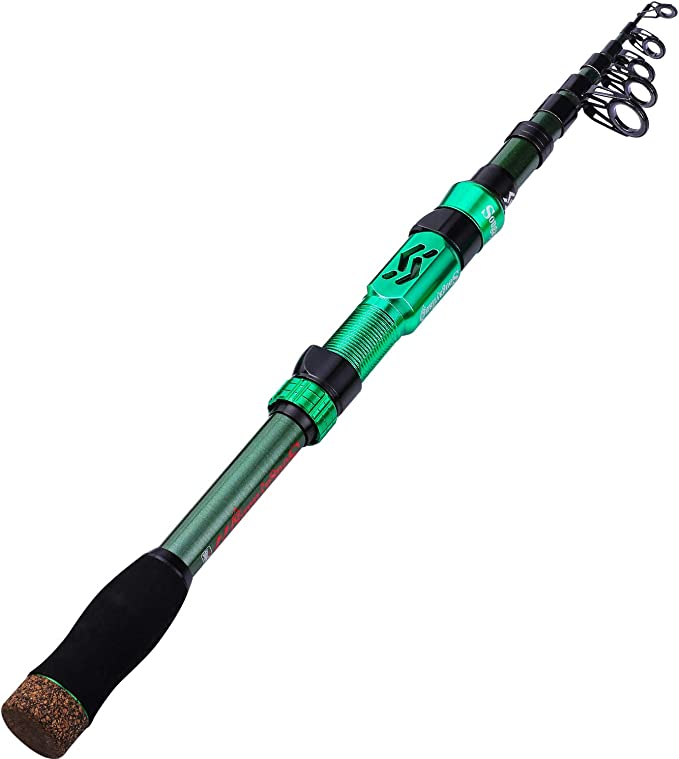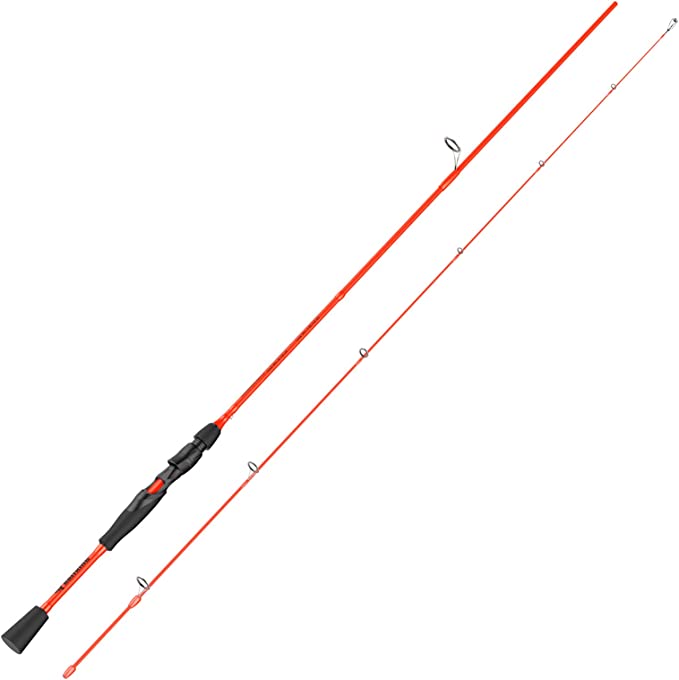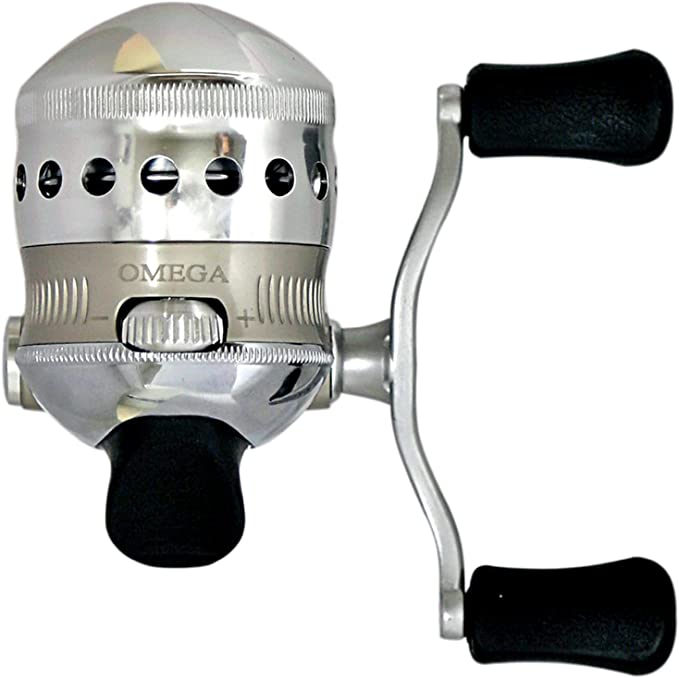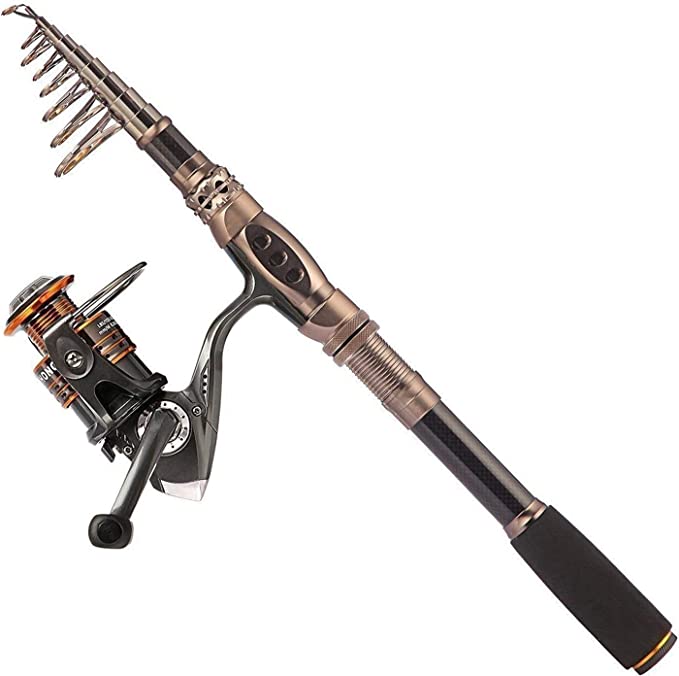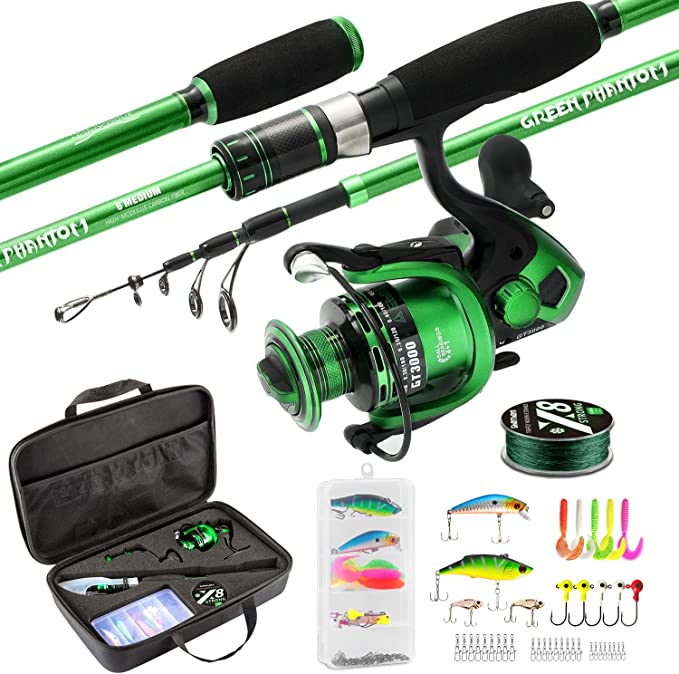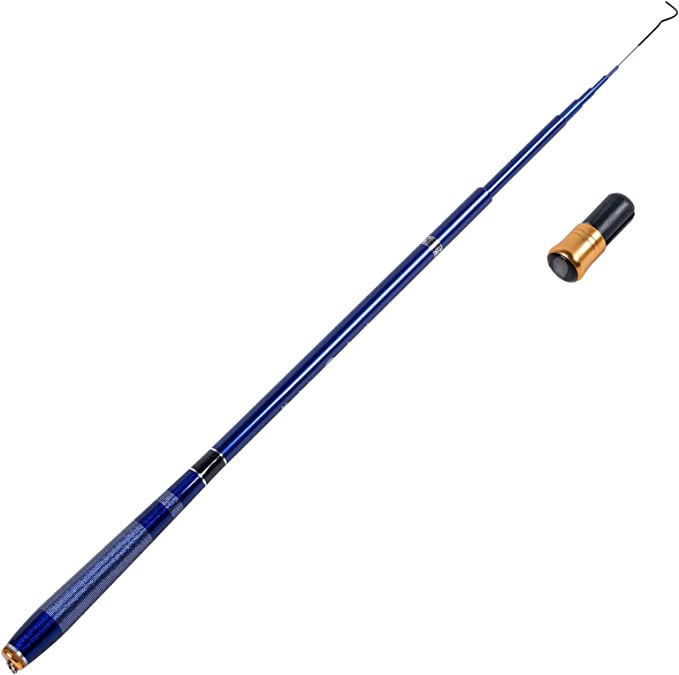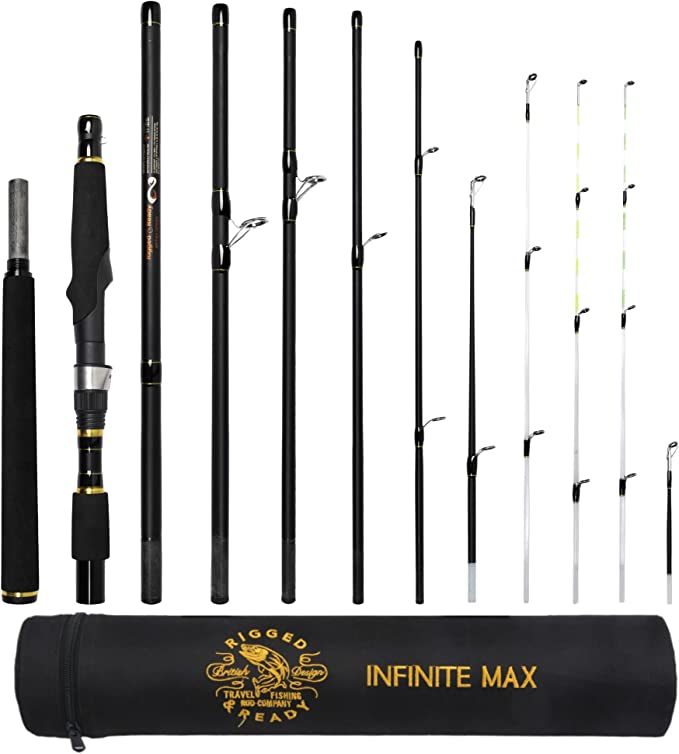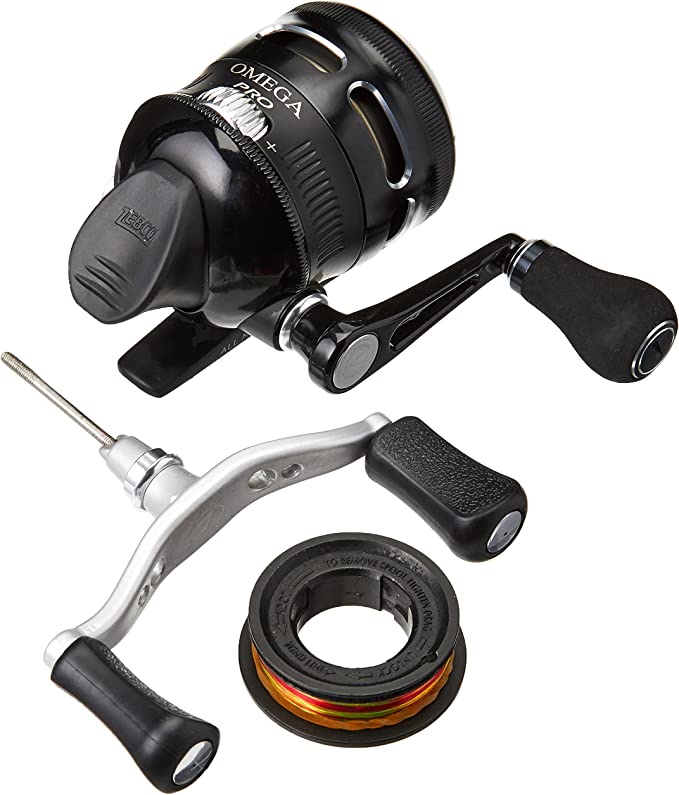The Angler's Almanac: Decoding the Science of Your Fishing Rod
Update on Aug. 1, 2025, 1:37 p.m.
Have you ever felt it? Not the aggressive, rod-bending strike of a fish in a feeding frenzy, but something far more intimate. A faint, electric tick that travels sixty feet up your line, whispers through the guides, and registers in your fingertips as a secret from the world below. It’s a moment of pure connection, a conversation without words. But have you ever paused to wonder how? How does a seemingly simple stick of graphite become a sophisticated sensory instrument, capable of translating a subtle underwater nuance into a clear, undeniable message?
The answer lies far beyond the tackle shop shelf. It’s a captivating story of space-age materials, classical physics, and meticulous engineering. To unravel this story, we can look at a modern rod, such as the One Bass ZB-LQLQB180, not as a product, but as a perfect specimen for dissection. Let’s explore the hidden science that transforms a fishing rod from a mere tool into a true extension of the angler’s senses.
The Heart of the Matter: The Soul of the Blank
The journey of that vibration begins in the very core of the rod: the blank. Early anglers used solid wood or bamboo, materials that were heavy and absorbed much of the faint vibrations, like a message muffled by a thick wall. The revolution began with fiberglass after World War II, but the true leap forward came with the material that defines the modern rod: carbon fiber, or graphite.
This material, born from the aerospace industry, possesses an extraordinary property known as a high modulus of elasticity, or a high stiffness-to-weight ratio. Imagine the rod’s blank as an information superhighway. A high-modulus carbon fiber blank is a perfectly straight, eight-lane expressway. Vibrations, which are essentially energy waves, ripple through it at incredible speed with minimal loss. In contrast, a heavier, less stiff material is like a bumpy, winding country road, where much of the energy dissipates before it reaches its destination—your hand. This is why a modern graphite rod feels so “sensitive”; it’s not just lighter, it’s a vastly more efficient conductor of information.
But the carbon fibers themselves are only half the story. They are held together by a resin system, an epoxy that acts as the invisible matrix. The quality of this resin and its application are critical. It must be strong enough to bind the fibers under immense pressure, yet light enough not to dampen the blank’s inherent responsiveness. Advanced resin systems, sometimes incorporating nano-scale particles, create a stronger bond, allowing manufacturers to use less of it, further reducing weight and enhancing the transmission of every subtle tap and bump.
The Nervous System: Feeling Every Secret
If the blank is the superhighway, then the guides and handle form the intricate network of nerves and receptors that deliver the message. The journey of the vibration continues from the line to the guides. The One Bass rod features guides with Titanium Oxide rings, a choice rooted in the science of friction. In physics, the goal is to achieve the lowest possible coefficient of friction. Titanium Oxide is an extremely hard and smooth ceramic. As your line, laden with information, glides over these surfaces, it does so with almost zero resistance. This not only allows for longer, smoother casts but ensures that the delicate vibrations traveling up the line aren’t lost to friction before they even reach the blank. It’s the difference between whispering through a hollow tube versus a tube lined with sandpaper.
The final destination for this vibration is the handle, where it interfaces with the ultimate processor: the human body. The choice of premium-grade cork is deliberate. The unique, air-filled honeycomb structure of cork gives it excellent vibration transmission properties while also providing a comfortable, non-slip grip that dampens harsher, unwanted shocks. However, the most critical design element for sensitivity is the “opened-up” or skeletonized reel seat. This ergonomic feature intentionally exposes a portion of the rod blank. By allowing your fingers to rest directly on the blank, you are creating a direct connection to the information superhighway. You are bypassing any insulating layers of cork, plastic, or metal, ensuring the purest possible signal reaches your hand. This is the science behind proprioception—your body’s ability to feel its position and movement—being extended all the way to your lure.
The Mechanical Skeleton: Power and Precision in Motion
A rod is not just a passive sensor; it’s an active tool for casting and fighting fish, governed by the laws of mechanics. Its personality is defined by its “action,” a term that describes where along its length the rod primarily bends under load. A “Fast Action” rod, as specified for the ZB-LQLQB180, bends mostly in the top third of its blank. In physics terms, according to Hooke’s Law, this allows the rod to store and release potential energy very quickly. This translates into two key advantages: the ability to make rapid, accurate, “snappy” casts to place a lure precisely, and the power to set the hook instantly the moment a bite is detected.
But a rod’s performance can be undermined if it twists during the cast. This twisting force, or torque, will cause the line to stray from its intended path, ruining accuracy. This is where structural engineering, sometimes marketed with terms like “Braiding-X technology,” comes into play. From an engineering perspective, this implies a cross-directional weave of the carbon fiber fabric. This design dramatically increases the blank’s torsional rigidity—its resistance to twisting. By keeping the blank straight and true during the violent motion of a cast, it ensures all the stored energy is released in a single direction, directly toward your target.
This structural integrity must be maintained even in a portable, two-piece design. For decades, anglers were wary of multi-piece rods, fearing the joint, or ferrule, was an inherent weak spot. Modern ferrule design has made this fear largely obsolete. A precisely engineered tip-over-butt ferrule creates such a snug and seamless connection that the two pieces act as a single, continuous blank, transferring energy and vibration with virtually no discernible loss. It offers the convenience of fitting in a car trunk without compromising the finely tuned performance that an angler demands.
Conclusion: The Angler and The Rod as One
In the end, a modern fishing rod is a testament to how science can elevate a pastime into an art form. It is a finely tuned instrument where material science provides a responsive soul, where physics dictates a powerful and precise mechanical skeleton, and where ergonomics forges an intimate connection to the user’s own nervous system. By understanding the principles of modulus, friction, leverage, and vibration, we transform our gear from a simple commodity into a trusted partner. The next time you’re on the water and your line transmits that electrifying, secret tap, you’ll know you’re not just holding a fishing rod. You are wielding a remarkable piece of applied science, an extension of your will, and your direct line to the quiet world beneath the surface.
